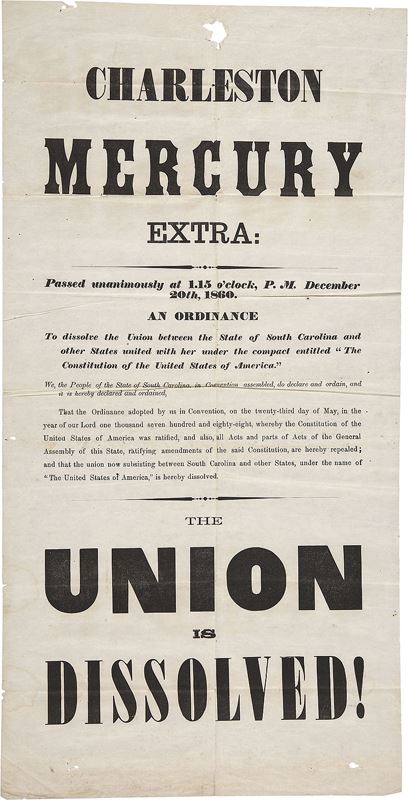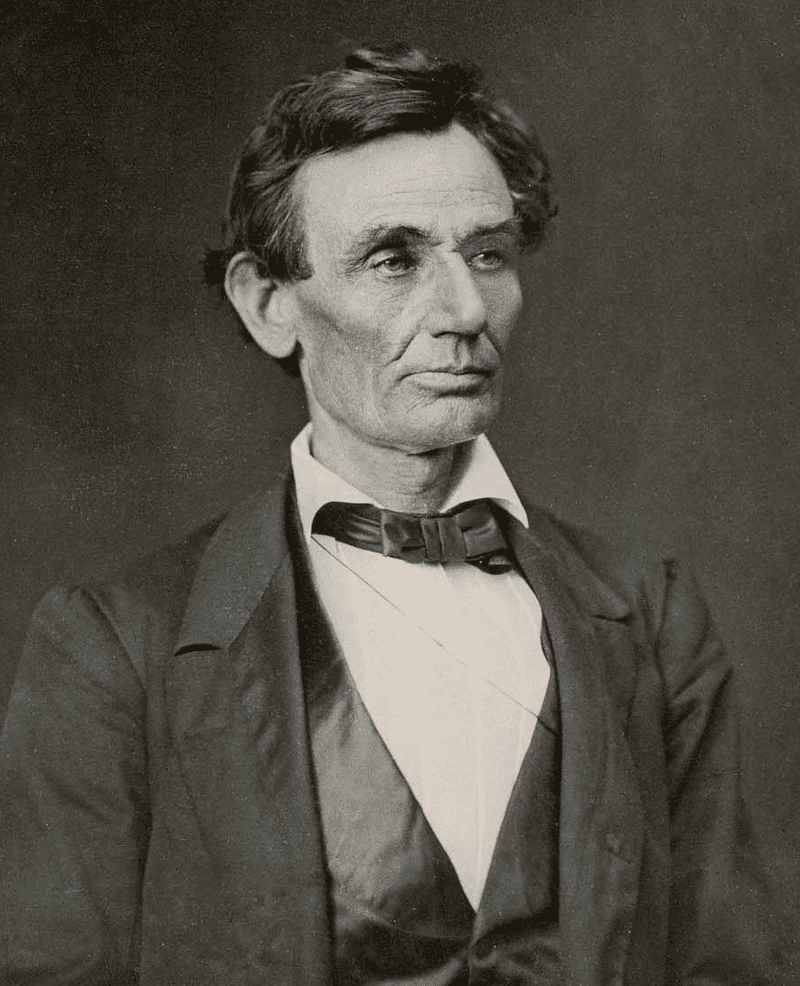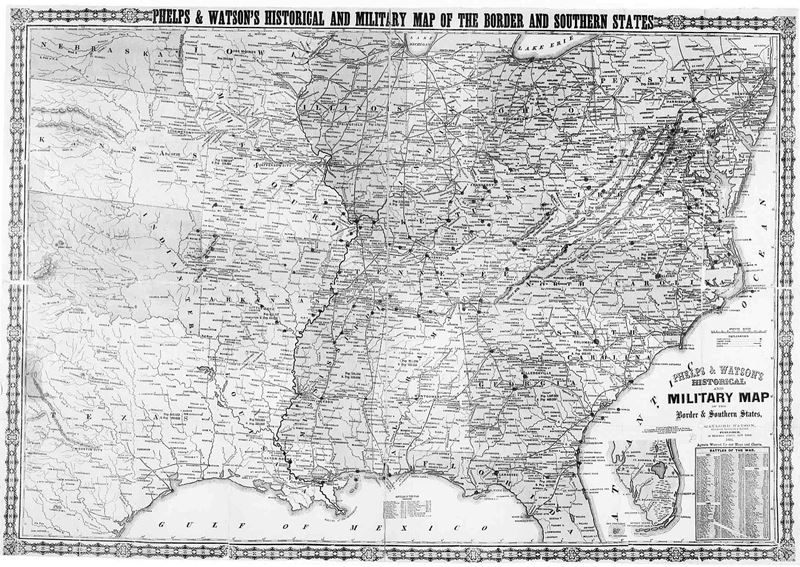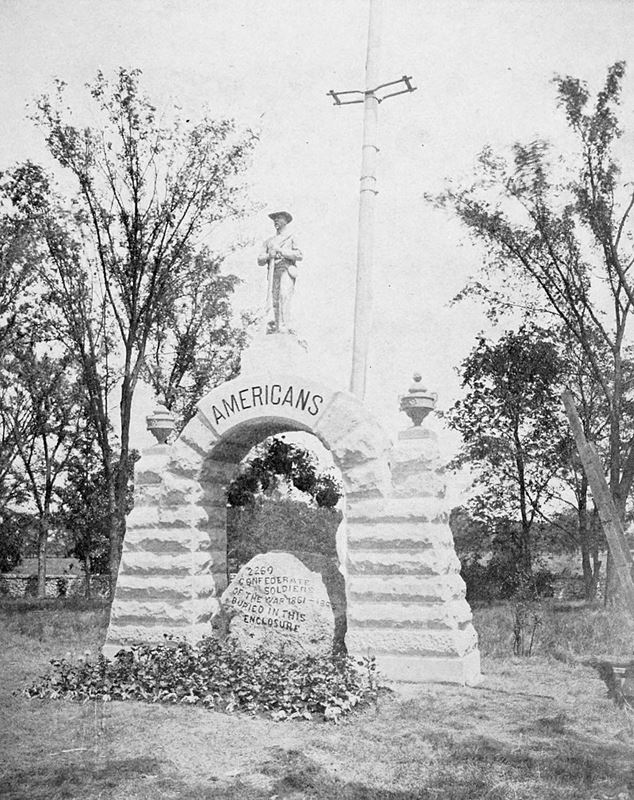The election of Lincoln provoked the legislature of South Carolina to call a state convention to consider secession. Before the war, South Carolina did more than any other Southern state to advance the notion that a state had the right to nullify federal laws, and even to secede from the United States. The convention unanimously voted to secede on December 20, 1860, and adopted a secession declaration. It argued for states’ rights for slave owners in the South, but contained a complaint about states’ rights in the North in the form of opposition to the Fugitive Slave Act, claiming that Northern states were not fulfilling their federal obligations under the Constitution. The “cotton states” of Mississippi, Florida, Alabama, Georgia, Louisiana, and Texas followed suit, seceding in January and February 1861.
Among the ordinances of secession passed by the individual states, those of three—Texas, Alabama, and Virginia—specifically mentioned the plight of the “slaveholding states” at the hands of Northern abolitionists. The rest make no mention of the slavery issue and are often brief announcements of the dissolution of ties by the legislatures.[114] However, at least four states—South Carolina,[115] Mississippi,[116] Georgia,[117] and Texas[118]—also passed lengthy and detailed explanations of their reasons for secession, all of which laid the blame squarely on the movement to abolish slavery and that movement’s influence over the politics of the Northern states. The Southern states believed slaveholding was a constitutional right because of the Fugitive Slave Clause of the Constitution. These states agreed to form a new federal government, the Confederate States of America, on February 4, 1861.[119] They took control of federal forts and other properties within their boundaries with little resistance from outgoing President James Buchanan, whose term ended on March 4, 1861. Buchanan said that the Dred Scott decision was proof that the South had no reason for secession, and that the Union “was intended to be perpetual”, but that “The power by force of arms to compel a State to remain in the Union” was not among the “enumerated powers granted to Congress”.[120] One-quarter of the U.S. Army—the entire garrison in Texas—was surrendered in February 1861 to state forces by its commanding general, David E. Twiggs, who then joined the Confederacy.






